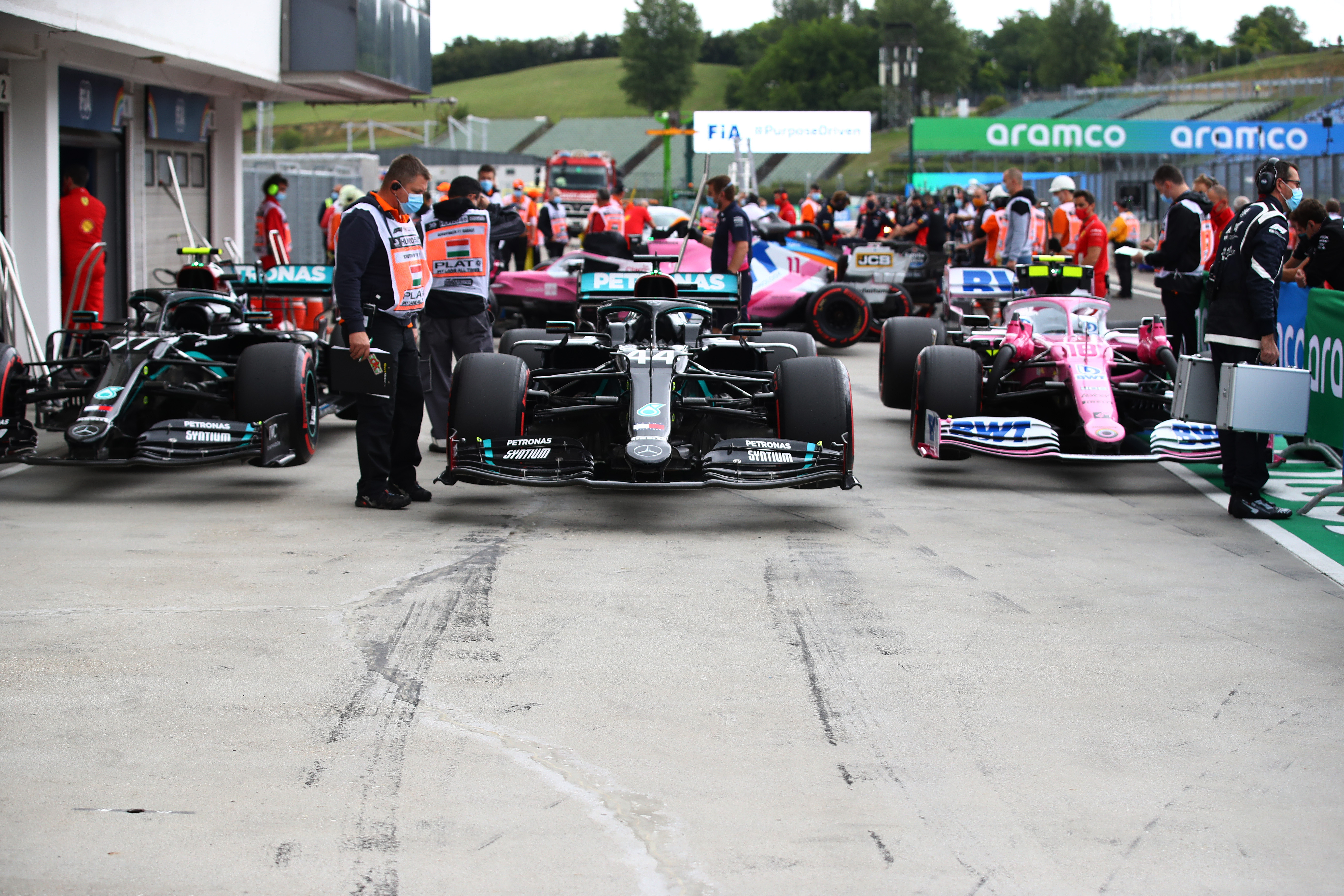Up Next

For each manufacturer, and even each team, this new rule on engine mapping will have a slightly different outcome.
Yes, the customer teams are supposed to theoretically have available the exact same opportunities from the power unit as the works teams, but some of them will use a lesser power level for longer because normally they need a few more laps to get the best out of qualifying. The works teams pack everything into that one timed lap in each run in Q3 – so basically that’s two timed laps at full beans over a given weekend.
This means the disadvantage could be reduced for the smaller teams, even though they’re running the same engines. Williams, for example, usually has two goes with an increased power mode in Q1, then doesn’t have anything left to try and improve during Q2. A team like Racing Point would go at maximum power twice in Q2, and then be running short of increased power unit performance for Q3.
Power modes will vary from one manufacturer to another. Basically, it depends on how the engine is stressed against mileage. Again, Mercedes will push for the peak power knowing that getting on pole means that you do 90% of the job on a Saturday and then Sunday is only down to executing the race hopefully better than anyone else.

The different engine modes will change the ignition setting. Advancing the ignition means more power, but with that the fuelling will also need to change both in timing and quantity.
The quantity of fuel is probably the most difficult to manage as, in reality, the fuel flow meter, which has a maximum flow rate of 100kg/h, determines how much fuel the engine can use. If you are not on this limit then you can get closer and if you can do that it will also allow you to use a small amount more turbo pressure as both of these go hand in hand.
It’s nowhere near as easy as that because these power units are very complicated. But basically, if you can advance the ignition, advance the fuel timing, inject more fuel into the engine, get more turbo boost and up the gear change points, then the return is measurable. Giving it full beans, something like 30hp or three tenths of a second on a lap, is not out of the question.
Monza will be a good test to see the outcome. Mercedes says it can run more power for the race and, yes, that’s true but without the driver having access to instant power perhaps, just perhaps, we will see the driver ‘driving the car alone and unaided’ as least as far as this is parameter is concerned.
Through my time in the 1990s or early 2000s, we didn’t have engine maps available for drivers to access. The engine company would give you what was available and if you just needed those few extra revs to save a gear change going into a corner, you would have to get down on bended knee and grovel.
Perhaps this change will bring with it some unexpected reliability issues. How far will teams be willing to push the power unit settings with only a human being – i.e. the driver – to look after it? Normally, it is all done invisibly inside the black box.
Formula 1 should be pushing towards ensuring that the drivers really are in control of as much as possible. In reality, what the fans watching at home want to see is the teams producing the best cars they can with the best power units installed in them but then the drivers out there being the heroes and battling hard using their own skill and judgement. This is at least a small step in that direction.





